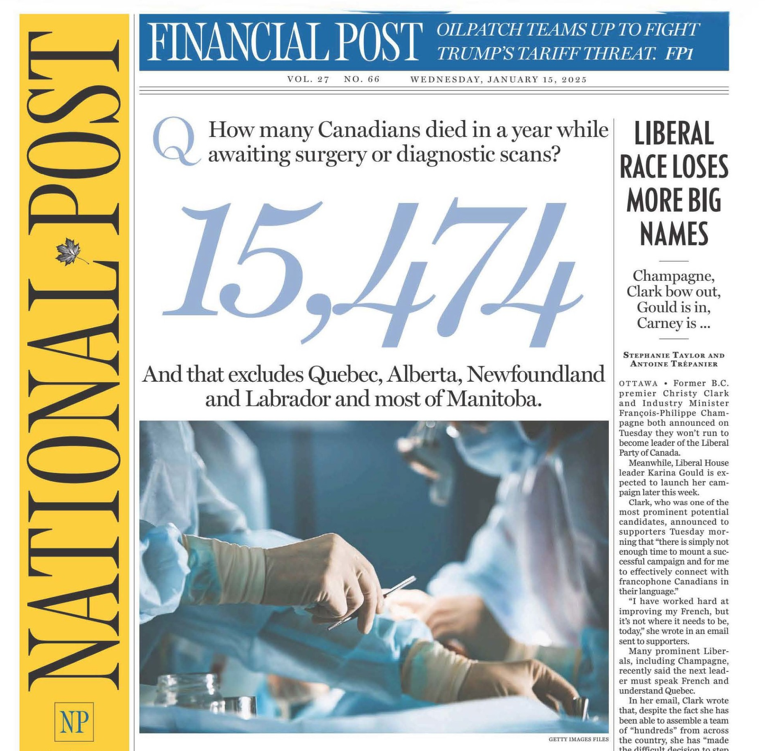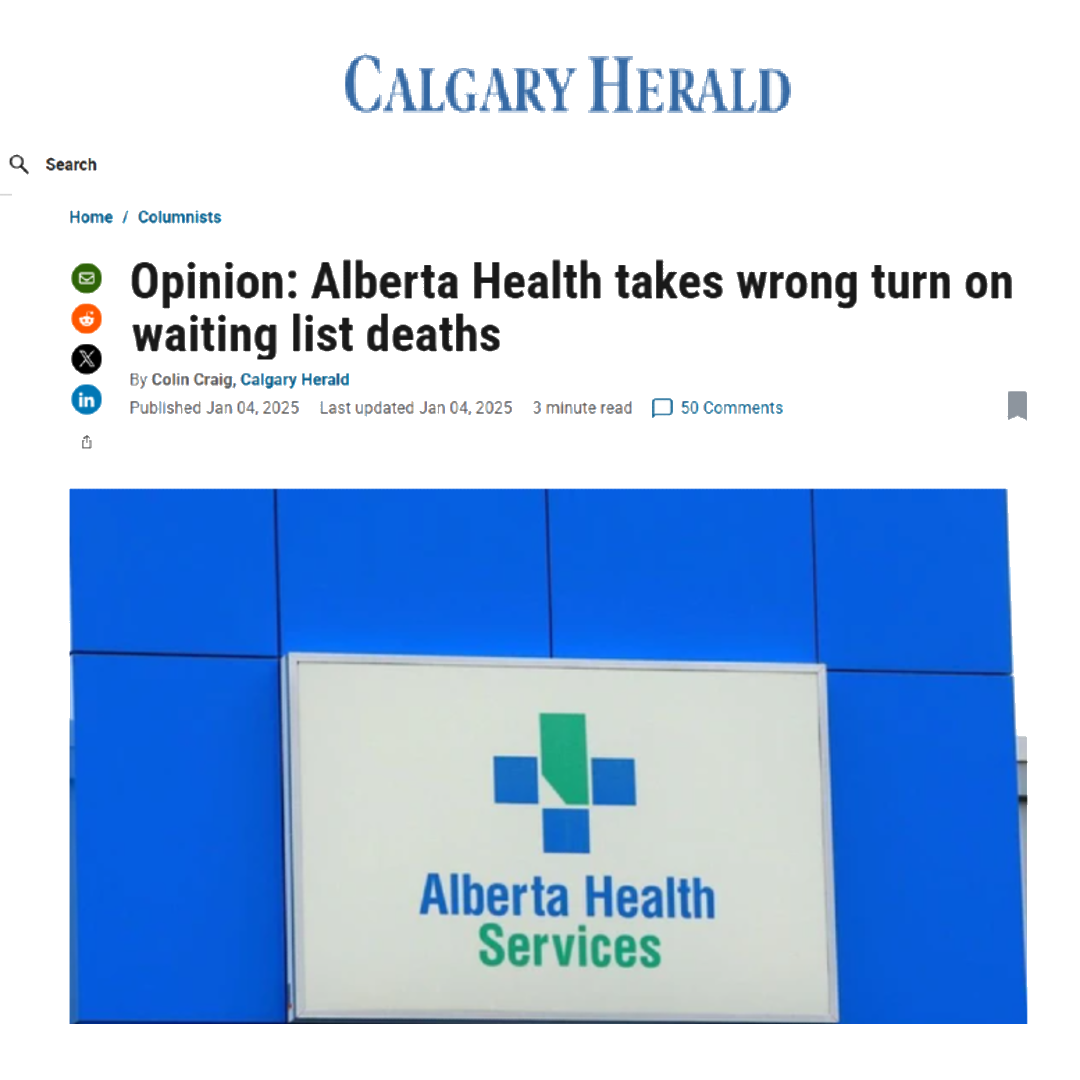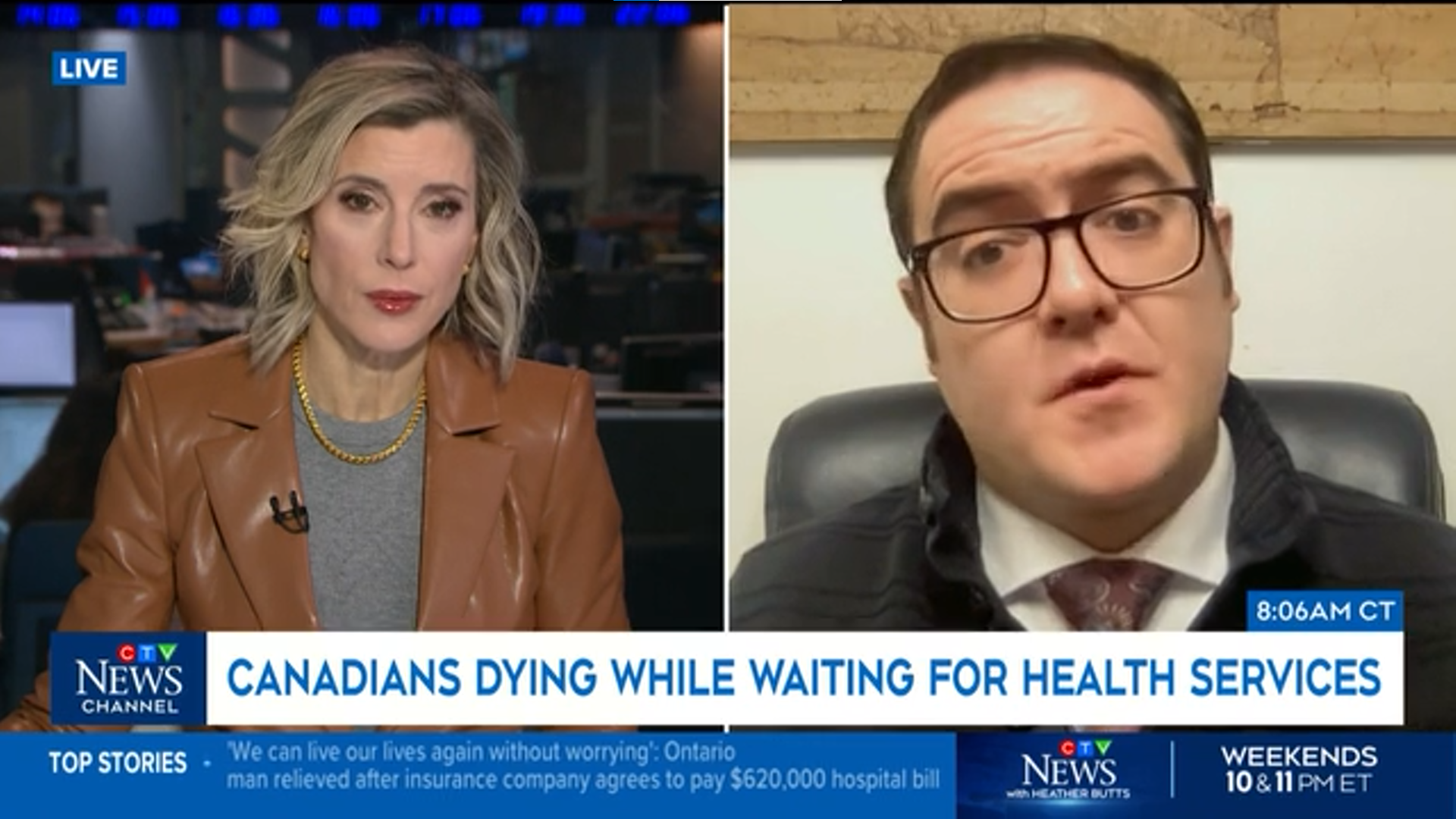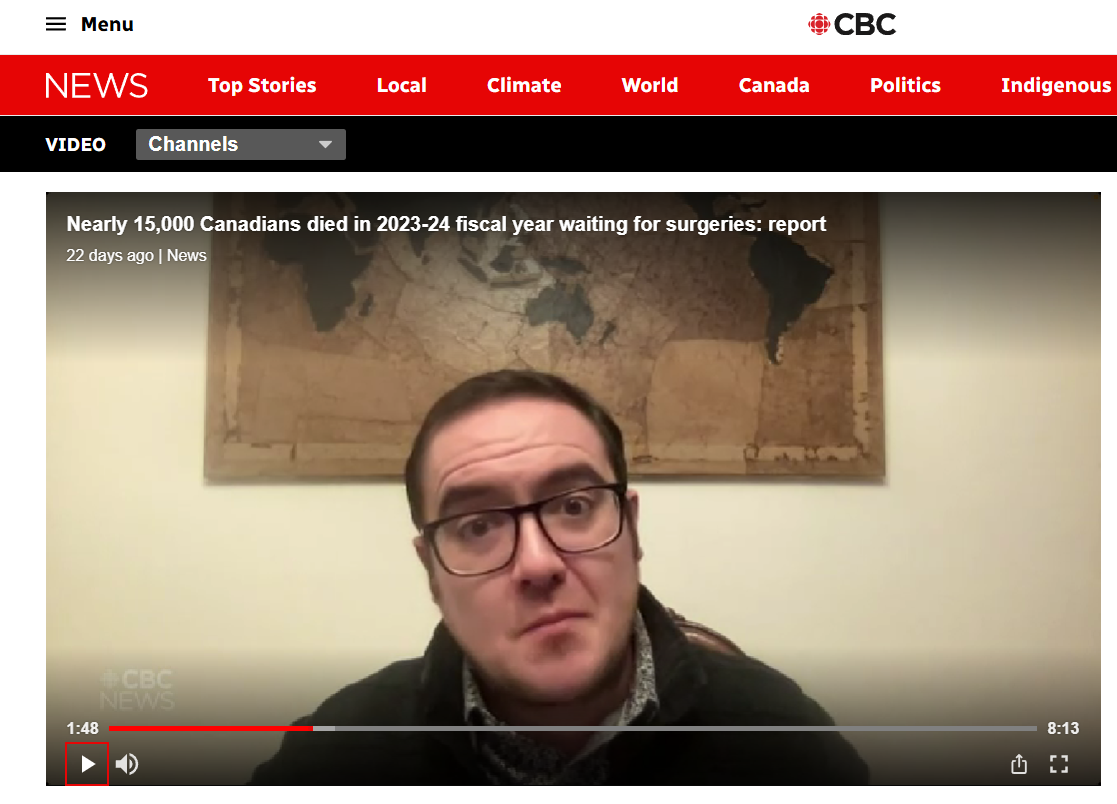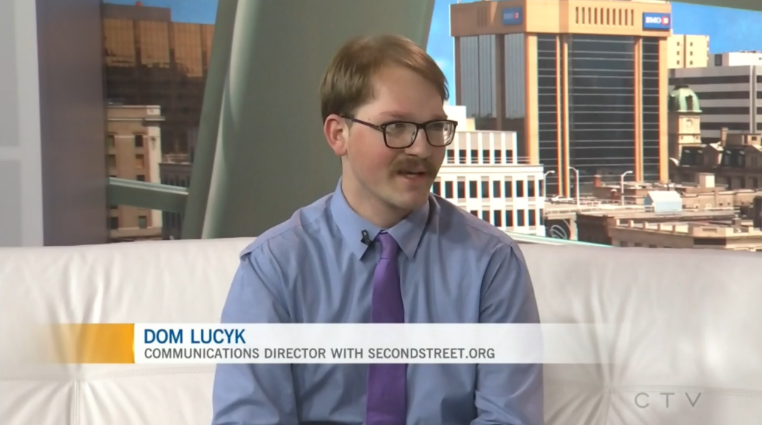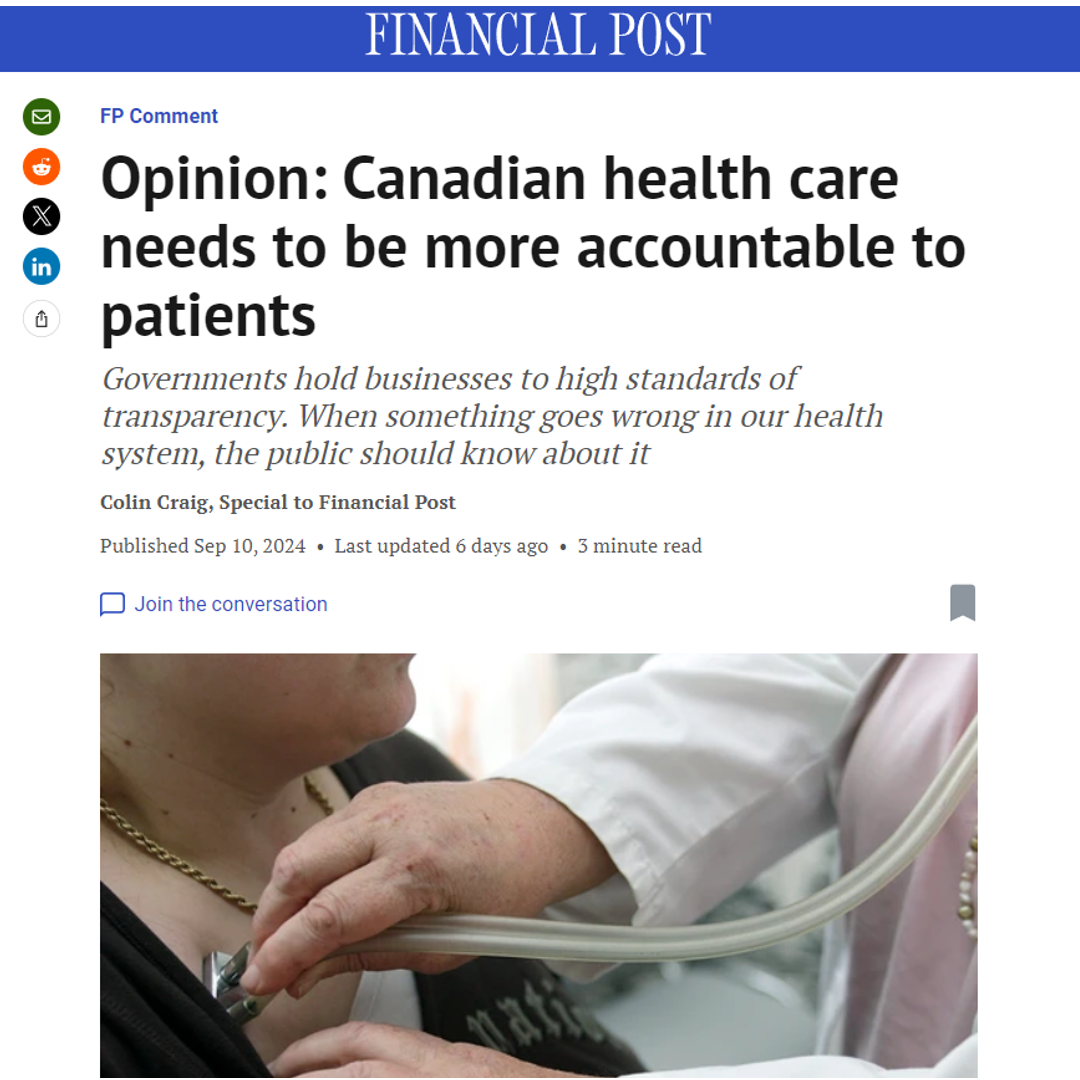Canada Needs Health Reform Now
Canada’s health care system is in crisis. Too many patients are waiting long periods to find a family doctor, meet with a doctor in an emergency room, receive surgery and everything in between.
Discover how SecondStreet.org is leading the charge:
- Videos that bring light to patients’ stories to demonstrate the problem
- Stories and original research on what’s working and what isn’t
- Presenting solutions to the public and elected officials
This page includes our most important videos on health care, links to our research and other health care-related content, and information on how to contact politicians to share these ideas.
Documentary: Health Reform Now
This documentary provides Canadians with background information on the problems in our system, patient stories and five policy solutions from Europe that could improve results. (To view a PDF with links to sources for the video – click here)
5 solutions to fix health care in Canada:
Shift to funding services for patients, not bureaucracies
Legalize access to non-government health providers
Make cross border care more accessible
Partner with non-profits and for-profit clinics
Prevention – reduce demand in the first place
Research
SecondStreet.org regularly releases policy briefs each year which summarize unique research findings about a particular aspect of the health care system:
DIED ON A WAITING LIST – Each year, we examine government data on patients dying while waiting for health care – click here for the latest report
EU CROSS BORDER DIRECTIVE – These policy briefs examine the idea of Canada copying a policy from the European Union that allows patients to be reimbursed for surgical costs abroad – click here

PUBLIC OPINION RESEARCH – The last three polls SecondStreet.org has commissioned on health reform can be found here: October 2024, March 2024 and October 2023
CANADIANS WORKING IN THE U.S. SYSTEM – Nearly two thousand nurses wake up each day in Ontario and cross the border to work in Michigan (click here). Other states have also issued thousands of licenses to Canadian health workers – click here and here
PREVENTATIVE HEALTH CARE – Could incentives help encourage healthy living and reduce demand in the first place? This policy brief takes a look – click here
GOVERNMENTS IN THE DARK ON PATIENT SUFFERING – This brief looks into government analysis on patient suffering while on waiting lists – click here
In the News
SecondStreet.org is regularly interviewed by media outlets across the country. From earning front page stories in major newspapers to making it onto national news channels, we’re reaching millions of Canadians each year. You can find our full news coverage if you click here.
Other:
HEALTH REFORM EVENTS – In September 2024, SecondStreet.org partnered with the Montreal Economic Institute and Canadian Constitution Foundation to put on Prescriptions for Health Reform, a one-day forum to discuss everything from public opinion research on health reform and lessons from Sweden and Australia to a discussion with former B.C. Premier Gordon Campbell.
You can see videos from the 2024 event if you click here.
Interested in our 2025 event in Montreal? Please see our events page – click here.
“ON SECOND STREET” – SecondStreet.org has its own cable TV show – On Second Street. This show features discussions each week on health care and other important topics. You can find On Second Street on The News Forum channel.
To see their channel guide – click here
To see past episodes of On Second Street – click here
The content on this page represents just a small sample of SecondStreet.org’s work on health reform. If you would like to see additional content, please see this link – click here.
How you can take action:
Make a Donation
Every dollar helps us create videos, conduct research and inform Canadians.
Follow our Work and Share It
Subscribe to our email updates, follow us on social media, and encourage your friends and family to do the same.
Let Politicians Know
Want to let the politicians in charge of health policy know how to fix health care? Click the arrow above for a list of relevant contact info.


